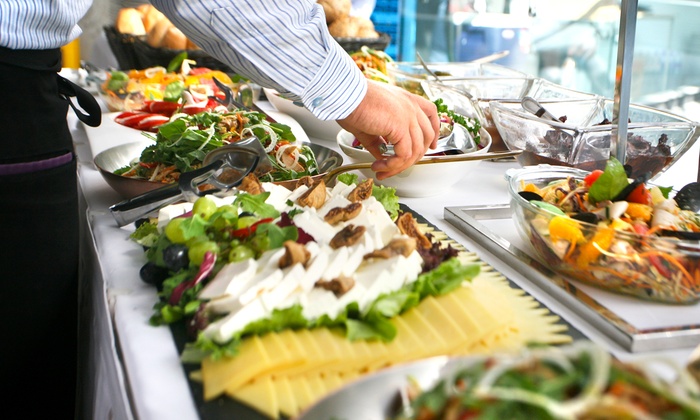
A culinary arts course provides students with a comprehensive education in various aspects of cooking, food preparation, kitchen management, and culinary techniques. These courses are designed to equip aspiring chefs, culinary enthusiasts, and individuals interested in the food industry with the necessary skills, knowledge, and hands-on experience to excel in culinary careers. The content and structure of culinary arts courses can vary widely based on the institution, program level, and specific focus areas, but here’s a general overview of what you might expect to find in a culinary arts course:
- Culinary Fundamentals:
- Introduction to cooking techniques, knife skills, and basic kitchen equipment.
- Understanding ingredients, flavors, and food pairings.
- Safety and sanitation practices in the kitchen.
- Cooking Techniques:
- Learning various cooking methods, including grilling, sautéing, roasting, braising, frying, and more.
- Focus on temperature control, timing, and achieving desired textures and flavors.
- Culinary Theory:
- Food science principles, including the chemistry of cooking and how ingredients interact.
- Understanding the role of proteins, fats, carbohydrates, and other components in recipes.
- Cuisine Styles:
- Exploration of different regional and international cuisines.
- Learning about traditional dishes, ingredients, and cooking techniques from around the world.
- Menu Planning and Development:
- Designing balanced and creative menus.
- Consideration of dietary restrictions, nutritional value, and seasonal ingredients.
- Baking and Pastry Arts (if included):
- Baking techniques, pastry creation, and dessert preparation.
- Learning about doughs, pastries, cakes, and plated desserts.
- Food Presentation:
- Plate presentation and garnishing techniques for aesthetic appeal.
- Enhancing visual appeal and creating memorable dining experiences.
- Kitchen Management:
- Introduction to kitchen organization, workflow, and time management.
- Learning about inventory management, cost control, and efficient use of resources.
- Restaurant Operations:
- Understanding the roles and responsibilities of kitchen staff.
- Interactions between kitchen and front-of-house staff.
- Hands-on Practical Experience:
- Regular cooking sessions to apply learned techniques and recipes.
- Exposure to real-world kitchen scenarios and challenges.
- Culinary Arts and Industry Trends:
- Keeping up with the latest food trends, sustainability practices, and dietary preferences.
- Externship/Internship (if included):
- Some courses offer opportunities for students to work in professional kitchens, gaining practical experience and networking.
Culinary arts courses can vary in duration, ranging from a few weeks to several years, depending on the level and intensity of the program. Graduates from these courses may pursue careers as chefs, line cooks, pastry chefs, caterers, restaurant managers, food stylists, culinary educators, and more. The culinary arts field is dynamic and continuously evolving, requiring individuals to stay updated with new techniques, ingredients, and industry trends.

